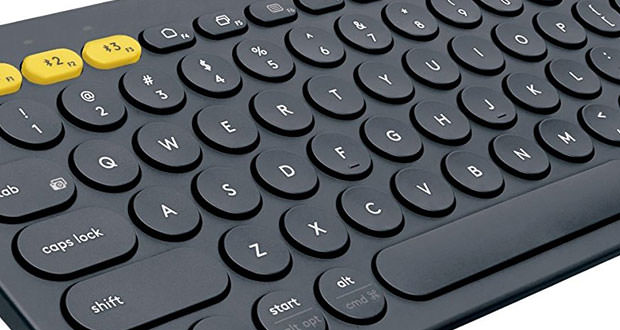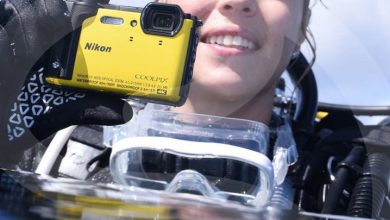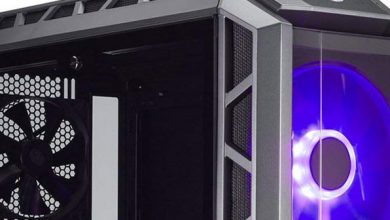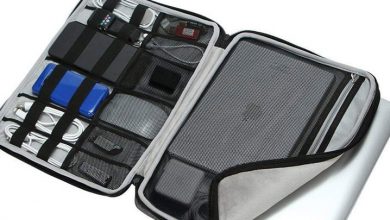Portable Air Conditioner: The Best to Buy
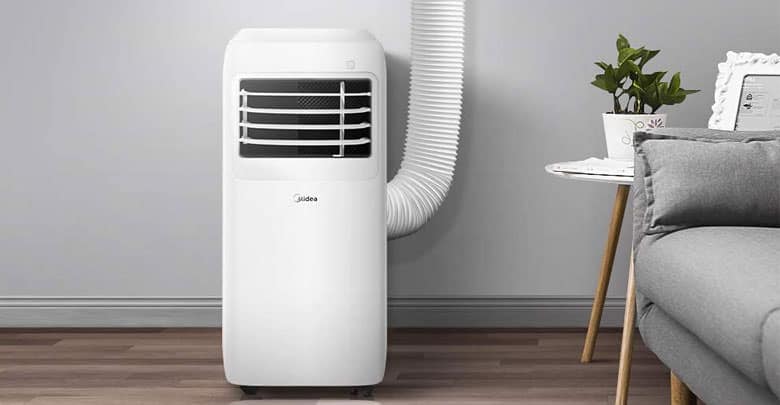
The portable air conditioner is undoubtedly one of the best ways to combat the summer heat or refrigerate an environment (work or otherwise). This is mainly true for two reasons: first of all, being portable is easy to place, not bulky, and versatile for positioning.
Secondly, it allows you to cool a room gradually, unlike, for example, a fan that too often brings summer colds that we would definitely like to avoid. We have drawn up a purchase guide where, in the first part below, you can learn all the characteristics and peculiarities of a portable air conditioner (to choose the most suitable model for you). Then we will show you the best-selling models.
Table of Contents
Portable Air Conditioner: How to choose it
There are essential factors that characterize a portable air conditioner, which will influence the model that best suits your needs. Of course, there is no better portable air conditioner, but we will definitely recommend models that meet your needs.
It is essential to choose your portable air conditioner – to know the characteristics that we have reported below and check some technical specifications with which you can choose the appropriate device to refrigerate your home or your office based on consumption, space, etc., noise, and so on.
Portable Air Conditioner with or without hose
A portable air conditioner structure can vary, resulting in substantial price, dimensions, power, and consumption differences. Generally, by ” portable air conditioner, ” we mean a mobile (and not fixed) device that is easy to transport, which has nothing to do with fixed pipe air conditioners or split air conditioners.
The air conditioners can be cataloged in monoblock or split. Briefly, in a split air conditioner – as the word itself says – the condenser (from where condensed water and hot air is expelled) is installed outside the house. It is a fixed installation where the pipe is often passed inside the wall. These air conditioners are more powerful and more expensive, but they are also a more complicated solution.
A monobloc air conditioner – as the word suggests – integrates both the refrigerant pump (which emits cold air) and the condenser. The latter should be understood as the ” drain ” of the air conditioner, and in addition to creating condensation – in the form of water – it gives off hot air. For this, you will always need a hose that expels the hot air out of the room.
In this case, we cannot speak of the fixed installation because you need to place the portable air conditioner near a window to place the exhaust pipe to let the hot air escape. Nothing will stop you from moving the air conditioner to another room or location. If you are looking for a portable air conditioner model to choose from, we will help you!
Performance and cooling power
Given the necessary premises, it is appropriate to talk about cooling power or a portable air conditioner’s efficiency in cooling an environment. Knowing the room’s size is crucial, and buying an air conditioner with sufficient power to cool it.
Can measure the cooling power in different ways: the most intuitive method is the Watt-hour (Wh), but you will often have read the abbreviation BTU/h (British Thermal Unit/hour). Below we have indicated some nominal values that you can use to choose the portable air conditioner suitable for your purposes.
But obviously, the performance can affect other factors such as more windows (dispersion), thermal insulation, the number of people in the room, lights, and much more. For this, we advise you to take a more powerful conditioner than your purpose.
Functions and energy consumption
Each portable air conditioner has intelligent climate management features, which are common in almost all models. We list some of them so that you can get to know them so that you decide which portable air conditioner best suits your needs:
- Timer: This allows you to set the temperature to be reached and the operating time. In some models, it is also possible to program the switching on/off.
- Ventilation: the additional function that allows the air conditioning to circulate more quickly in the room.
- Sleep: Adjusts the air conditioner’s operation during the night, allowing it to be hushed and less powerful but also less energy-intensive.
- Dehumidification: present only on some air conditioners. This function allows you to adjust the humidity in the room, a variable that is often not taken into consideration and can make a difference.
- Self-diagnosis: in the best models, this function detects any excessive ice production and performs an automatic defrost. These self-diagnosis functions are important because they guarantee better maintenance and life of the air conditioner.
To this is added another significant factor, which is energy consumption. Therefore, trivially we advise you to buy only air conditioners with a high-energy efficiency class (A+ at least). Still, if we wanted to be more punctual, we should distinguish two types of operation: On-Off and inverter.
Which portable air conditioners to choose from with an on-off mechanism? These have a simple operation: they turn on until the desired temperature is reached, turn off (so the temperature starts to rise again) and turn on again when the temperature reaches a certain threshold. This mechanism is cheaper but consumes more energy.
On the contrary, the inverter mechanism keeps the air conditioner always on by appropriately regulating the room temperature more gradually. As a result, these appliances are generally more expensive but have lower energy consumption.
Portable Air Conditioner: The most purchased
After seeing the portable air conditioners we have selected for you, let’s take a quick look at the best-selling ones on Amazon! Specifically, below you can see a list of the 10 current best sellers on Amazon.
Product prices and availability are subject to change. Any price and availablility information displayed on Amazon at the time of purchase will apply to the purchase of any products.

